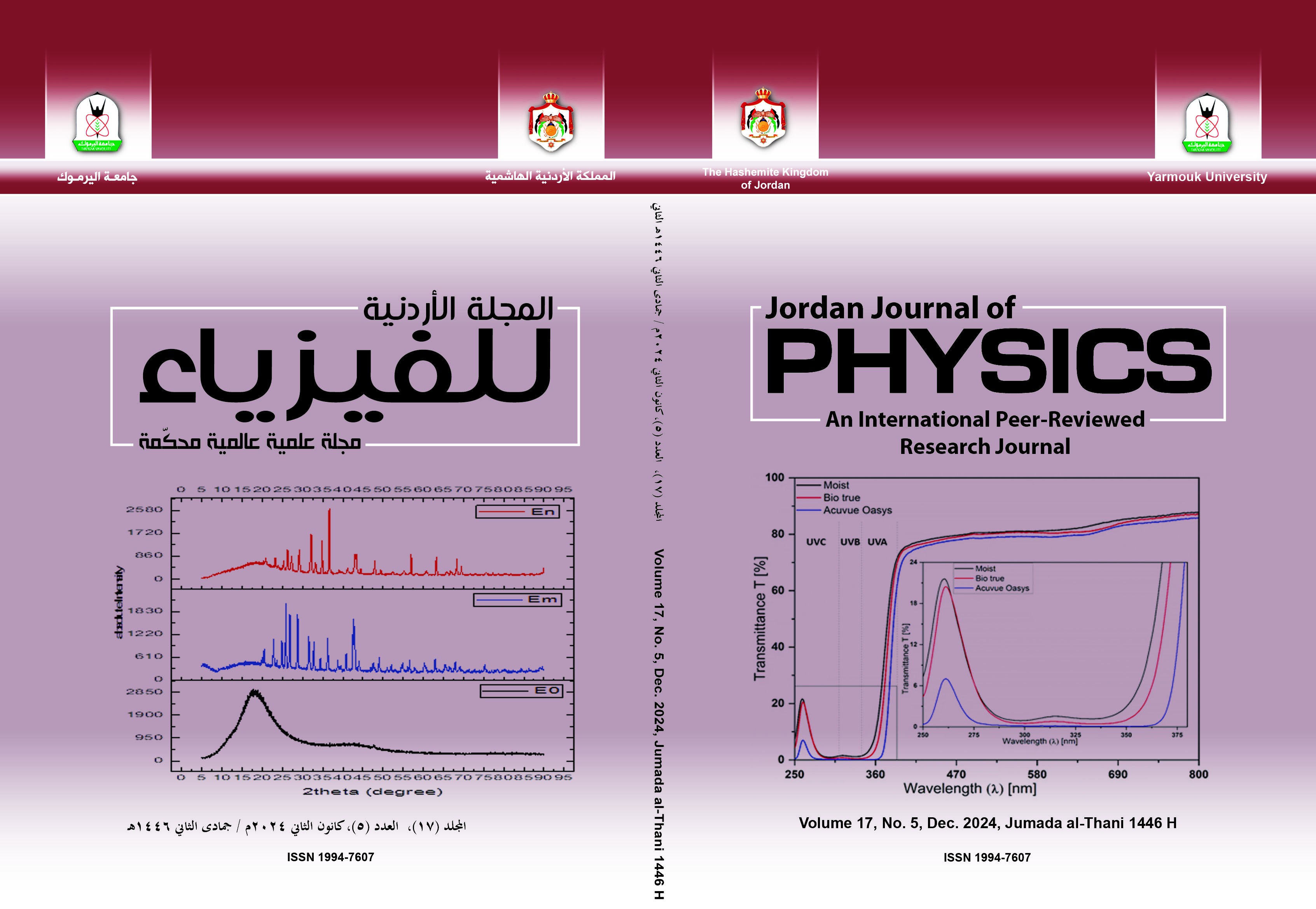Visibility Degradation and Light Scattering/Absorption Due to Aerosol Particles in Urban/Suburban Atmosphere of Irbid, Jordan
Abstract
Visible light scattering and absorption patterns were measured using a photoacoustic instrument at different locations in Irbid city. Measurements were performed during the intervals 1–9 August 2007 and 7–13 October 2007 at the city center site (Palestine Street) and the southern site (University Circle), respectively. The city center site is impacted by local urban and regional aerosols. The southern site is dominated by regional aerosols. Data from both sampling sites showed variety of diurnal light absorption and scattering patterns. During most of the measurement days, the highest light absorption peaks appeared in the morning, 7:00 – 9:30 AM, whereas the highest light scattering peaks appeared later, 9:30 – 11:00 AM. The earlier light absorption peaks are likely attributed to the elevated black carbon vehicular emission during the heavy traffic hours (rush hours) whereas, the later light scattering peaks are attributed to secondary aerosols generated in the atmosphere through photochemical reactions. The southern site (University Circle) exhibited a higher light scattering and a lower light absorption contribution to the light extinction, leading to a better visibility compared to the City Center site. The visibility is averaged at 44 km and 115 km at the city center site and the southern site, respectively.
Keywords: Light absorption; Light scattering; Light extinction; Visibility.


